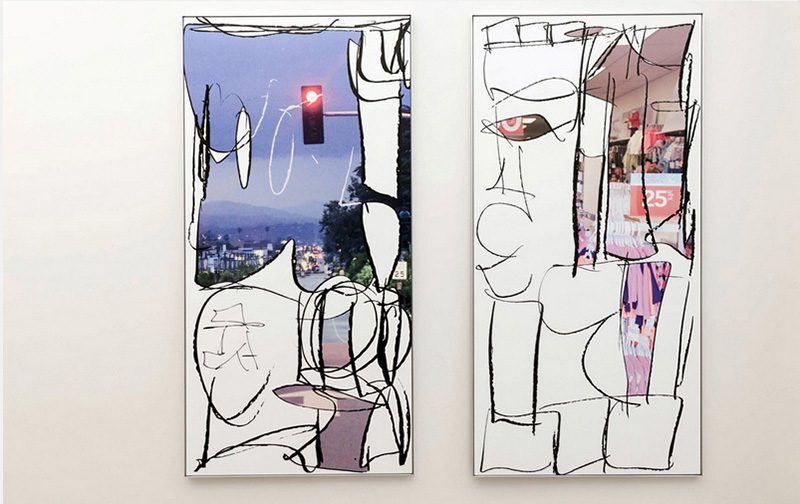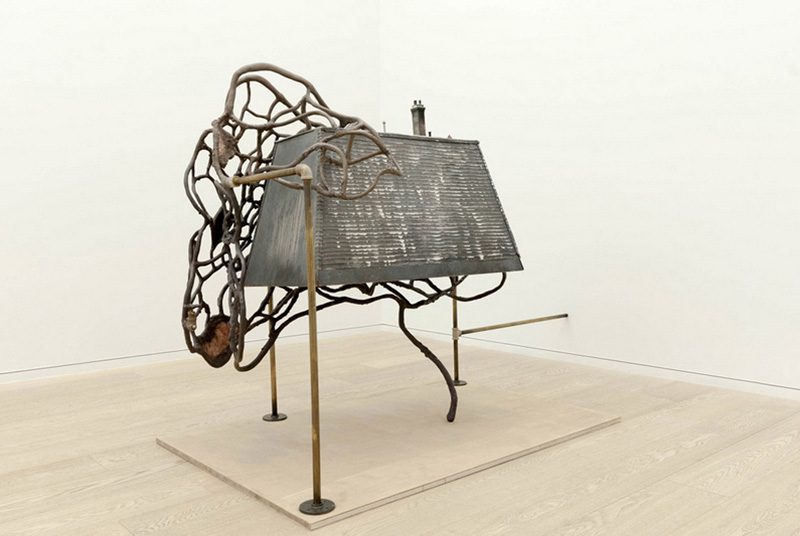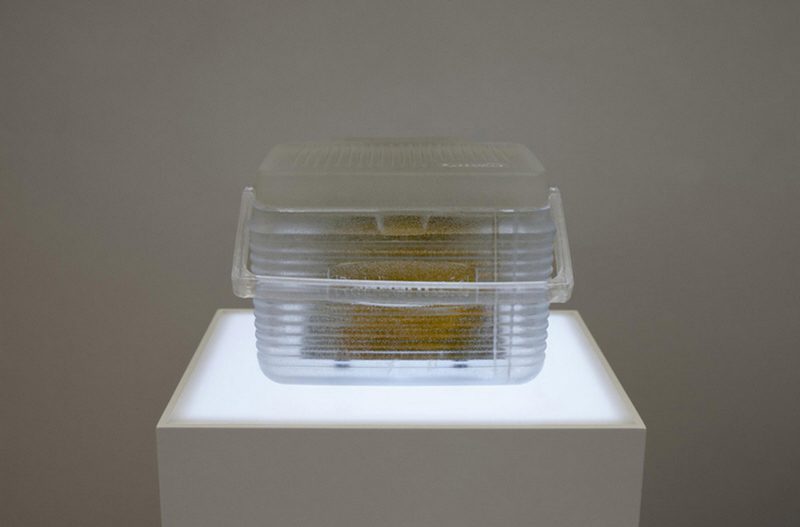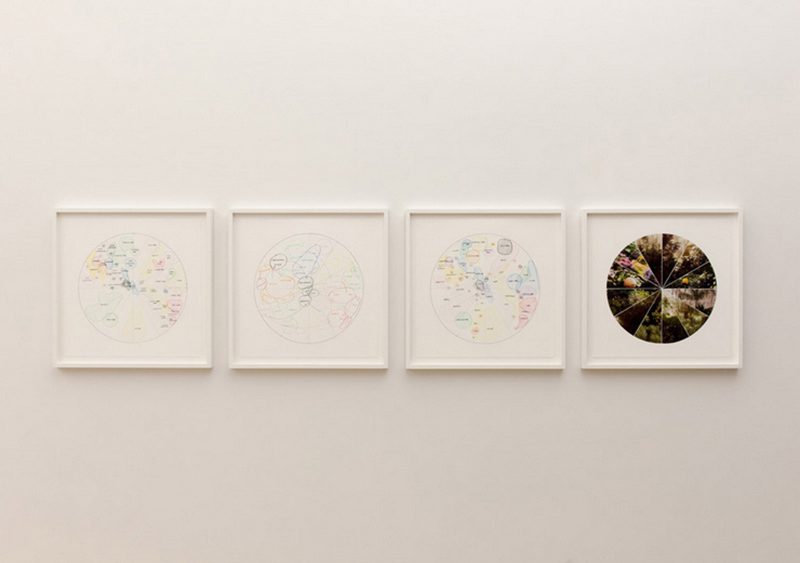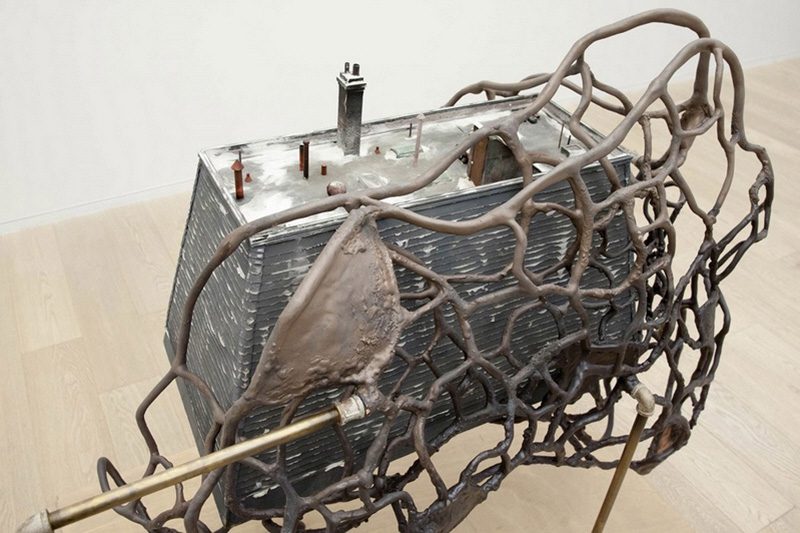ART-PRESENTATION: 1000 Islands
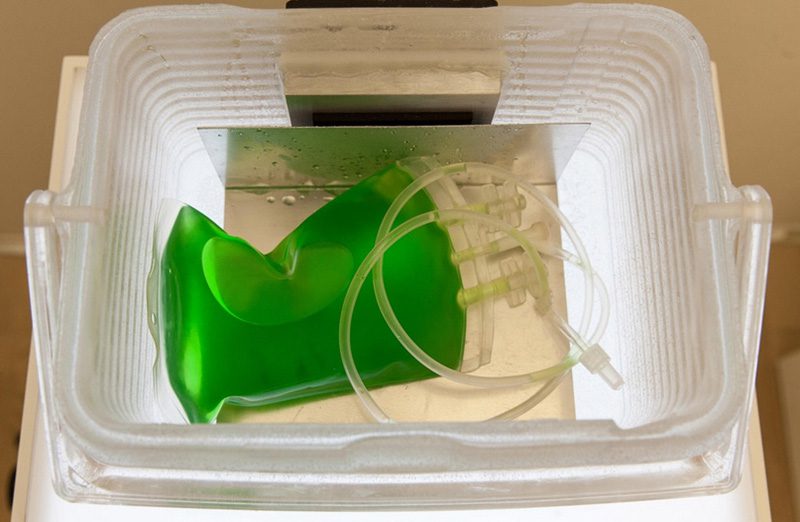 Everything in the natural world is connected. An ecosystem is a community of living and non-living things that work together. Ecosystems have no particular size. An ecosystem can be as large as a desert or a lake or as small as a tree or a puddle, all the parts work together to make a balanced system.
Everything in the natural world is connected. An ecosystem is a community of living and non-living things that work together. Ecosystems have no particular size. An ecosystem can be as large as a desert or a lake or as small as a tree or a puddle, all the parts work together to make a balanced system.
By Efi Michalarou
Photo: Simon Lee Gallery Archive
The exhibition “1000 Islands”, presents ther multiple work on notions such as natural resources, the artificial environment, recycling of materials and of forms and aesthetic mutations. The reflection of these necessary resources to the works of arts and “Consumables”, which are also works of art. It is tempting to view the artists as imagining the next stage of the grand tale of adaptation, where organic matter intersects with synthetic form. Skeptical of teleology, the artists concern themselves less with macro-narratives than micro-engagements, teasing out the diverging threads that tangle into our current stasis. Along the way, they touch on questions of global labour, neoliberal commodification, disparate development, formal recycling and aesthetic mutation, amongst others. These are articulated across a diverse range of practices and materials that engage the stuff of everyday to produce new sorts of art “Consumables”. Dora Budor, examines the body’s relationship to the image within the context of mainstream cinema. Drawing from special effects and other Hollywood production techniques, she composes sculptures and architectural interventions that organically incorporate screen-used cinema props. The panel works of Aaron Garber-Maikovska are an extension of his video and performance practice. In these, he engages public through a series of ritualistic and repetitive gestures that he calls “Bumping”. Pierre Huyghe has created a body of work that includes film, sculpture, installation, and activities that playfully and poetically investigate the physical and temporal experiences of living beings, both human and animal. Josh Kline creates artworks that consider the ways in which our humanity has been transformed, commodified, and instrumentalized within neo-liberal society. Focusing on the regimes of control (both visible and invisible) to which the human body is subjected, he addresses the erosion of boundaries between labour and leisure and the incursion of consumer culture into the most intimate aspects of life, including blood, DNA and neurochemistry. Sean Raspet engages the fluid materiality of industrial production and financial abstraction, often employing chemicals such as artificial flavorings and synthetic gases. Operating on a molecular level, Raspet explores the structures that mediate our experience, while expanding the possibilities of liquid as a mutable sculptural material. Pamela Rosenkranz addresses the shifting philosophical and scientific meanings of the “Natural” and the “Human”. She translates the questions she poses into abstract sculptures, works on paper, video and installations, deploying a palette of familiar objects and pictures such as polyethylene water bottles, soft drinks and color scales of global corporations. Lucie Stahl’s large-scale scans draw from pop-cultural imagery such as advertising, Hollywood cinema and television, as well as ordinary objects, including packets of potato crisps, dead leaves and scraps from women’s magazines. These objects are scanned directly, enlarged, printed and covered in resin to create fossils from our everyday world that also speak to technological obsolescence, and the meeting of the digital with the analogue.
Info: Curator: Franklin Melendez, Simon Lee Gallery, 304, 3F The Pedder Building, 12 Pedder Street, Central, Hong Kong, Duration: 13/11-21/12/15, Days & Hours: Tue-Sat 11:00-19:00, www.simonleegallery.com

